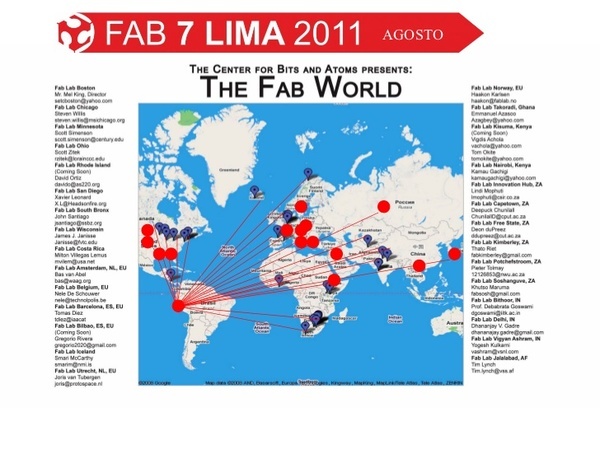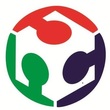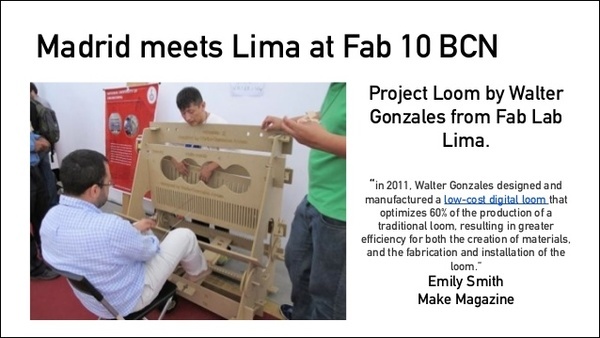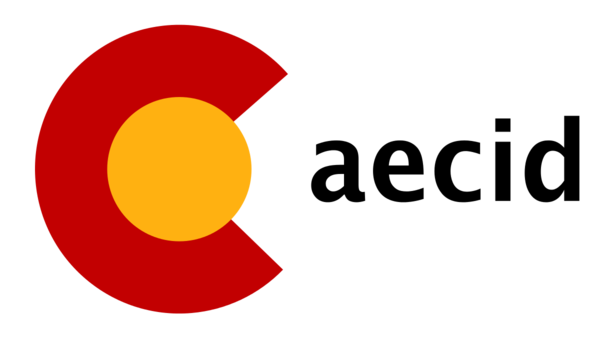As its name suggests, the Fablab UNI is located in the Nacional Engineering University (UNI) in Lima. Contrary on many university labs that were created thanks to the motivation of teachers, the Fablab literally suddenly landed without anyone could anticipate it. Like a third kind meeting…
Indeed, it was difficult to anticipate the appearance of a concept that didn’t even exists in South America. The FabLab concept came to Lima in the UNI in 2011 thanks to two Peruvian students, Benito Juarez (a former student of the UNI) and Victor Freudt, who studied in Spain the FabAcademy, the help of the FabFoundation and the cooperation agency of Spain. All those forces gave birth to the first FabLab in Latin America: the FabLab UNI. But at that time, its name was the FabLab Lima. Thus at a certain point in time, the FabLab Lima and the FabLab UNI were a unique place managed by Benito and Victor.
Discover more about the FabLab Lima story
The modification of the name and the creation of two distinct spaces were the result of tensions between the Fablab team and the university in 2013. The lab creation project was financed by the cooperation agency of Spain through the university. But when the university put financial pressure on the lab to show more project developments and results, it was difficult for the lab team to get access to the funds, investigation being an uncertain end. Thus the Fablab team moved outside the university with the idea to develop the concept elsewhere taking with them the name ‘‘FabLab Lima’’. In parallel, to have higher control over the FabLab, the university decided to use internal human resources to manage it. Then the still alive makerspace in the university adopted the name FabLab UNI.
After that event, being in a public university, the FabLab UNI evolved according to the rhythm of regularly university board changes and therefore strategies. This didn’t help the lab to stabilize its offer to students, teachers, and companies.
Nevertheless, it is open to every people in the University. And it tends to be more and more included in the curriculum as more and more teachers are part of it.













